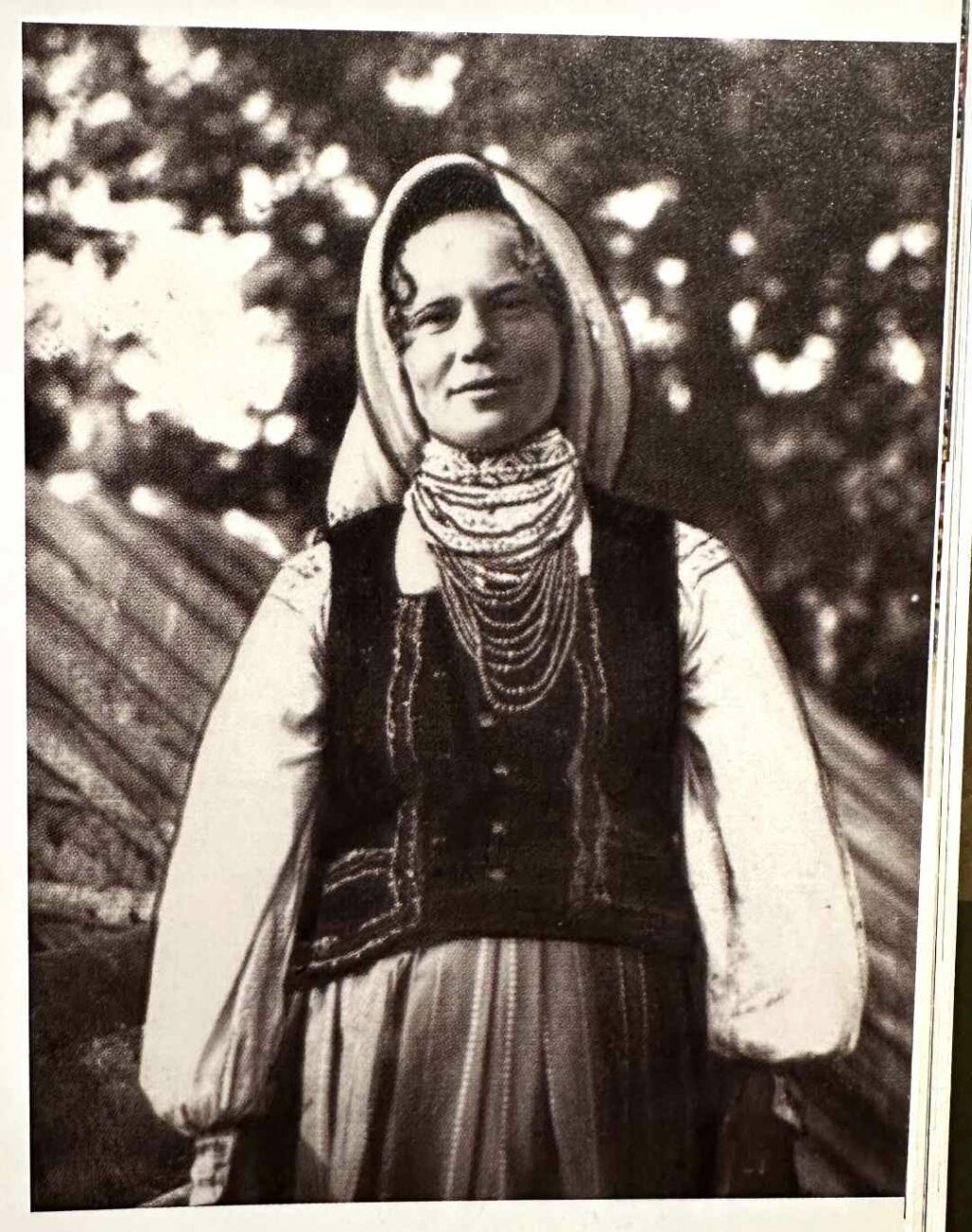The ancient beliefs help us understand how our ancestors explained the world around them. Let me tell you some facts about the mountain people discovered recently.
We have all heard about Dracula from Transylvania, of course. However, it has been stunning to learn how big the fear of vampires was on the other side of the Carpathians where Lemkos and Boykos lived.
While these facts seem to be part of a novel, it’s shocking to understand that they were a usual part of everyday life. The information below dates to the 2nd half of the 19th century and even the 1st half of the 20th century.

According to Lemkos, vampires had two hearts and were all conceived during menstruation. The just heart was human and the unjust heart was from the devil. (source: Kolberg O. Dziela Wszystkie, T.51, Sanockie-Krosnienskie, cz.3, Wroclaw-Poznan 1973)
All women who died during childbirth became vampires as well. They returned to their house to feed and bathe their children at night. (source: Reinfuss R. Sladami Lemkos, Warszawa 1990). When a vampire died, one of his hearts remained alive and he could wander after death. To prevent it, poppy seeds were also poured into the deceased’s mouth or on the grave. (source: Olszanski H. Tradycyjne budownictwo bojkowskie, Plaj, nr 6, 1992).
That’s also why when the deceased was being transported to the cemetery, poppy seeds were sprinkled all along the way. While walking back home from the cemetery, a vampire had to count all poppy seeds both in his mouth and on the road. That is why he walked slowly and by the time he reached the house, the roosters started crowing at dawn. (…) (Ossadnik H. Zwyczaje pogrzebowe doliny Oslawy, Oslawicy I Kalniczki).

Boykos feared vampires more than the devil. The devil could sometimes be tricked or forced to work. If you made a deal with him, he made you rich, at the price of your soul, of course. It was different with vampires.
Vampires could be recognized by red faces. Every red-faced person was a vampire. There were many of them and no village was free from them. Therefore, the Boykos had constant contact with them. A brother, sister, husband, or wife could be a vampire.
After death, they rose from the grave to send disease to those who quarreled with them during life and often brought death. All sudden deaths were the work of vampires, except death by lightning, which was a happy and pure death.
If no spells or prayers could help, and the vampires continued coming, the oldest village citizens gathered at night, dug up the vampire’s grave, and put a sickle on his back. (Adnaw. Zabobony, piesni I obrzedy ludu mieszkajacego u zrodel Sanu i Dneistrzu.)
The account from Tuchla published by Oskar Kolberg says that “Oleksa Jilków from Lybokhora and Stefan Burak from Yelenkovate assured the people that they had a way to tame the vampires. They both went to the cemetery at midnight on July 10-11, 1873, and unearthed the grave of the recently deceased village mayor, Mykola Matsevka. He used to leave his coffin at night, wandered around the village, haunted cottages, and spread a terrible plague among God’s people. The perpetrators set out on a terrible expedition with axes and a supply of aspen wedges, a great remedy against vampires. Oleksa dismembered the corpse in the coffin and pierced the limbs with aspen stakes. Then he squeezed the thick and clotted blood from the chopped corpse into a vessel. This blood was supposed to be a reliable cure for cholera. One of his friends, Yakym Berezhynets, took the blood with him to distribute it to people. Mykhailo Matsevka gave it to his sick wife to drink immediately. (…) (source: Kolberg O. Dziela Wszystkie, T.49, Sanockie-Krosnienskie, cz.3, Wroclaw-Poznan 1973)

It’s very interesting to see how common this belief was. Polish ethnographer Oskar Kolberg wrote about Jawornik at Osławica River: “There is almost no a single person buried in the cemetery whose body did not have a stud nailed in the head or the head cut off and placed at the feet. The dead suspected of being vampires were dug up. The bodies were turned with their backs up and their heads were cut off. The heads were placed between the legs, sometimes on blackthorn branches. The bodies were also pierced with harrow teeth or long nails.”
Of course, there must have been someone who would balance the situation. The Lemkos named them “bachas” – the magicians who had power over vampires. It was also the word for the main shepherd for other mountain people: “bacha”/”batsa”/”баца”.
They also healed both the sick and the disabled, revived the bewitched, predicted the future, helped to find lost cattle or stolen items, and ridden the village of vampires. Bachas had superhuman powers.
There is a story about a bacha from Velka Driečna in the south of Lemko region who instantly carried his wife across the ocean to join him after he emigrated to the United States. ( Source: Reinfuss R. O Lemkowskich wrozkach, baczach i czarownikach. Materialy muzeum budownictwa ludowego w Sanoku. Nr. 28, 1984)
Thus, if you can’t find the ship register entry when you do your genealogy research, there’s a chance that one of your ancestors was a “bacha”.
If you like to learn more, join our Ukraine Roots Illuminated with Dorosh FB group to get updates on other posts.
Love from Ukraine.
Andriy
Sources:
- Andrzej Karczmarzewski. Swiat Lemkow
- Andrzej Karczmarzewski. Swiat Bojkow